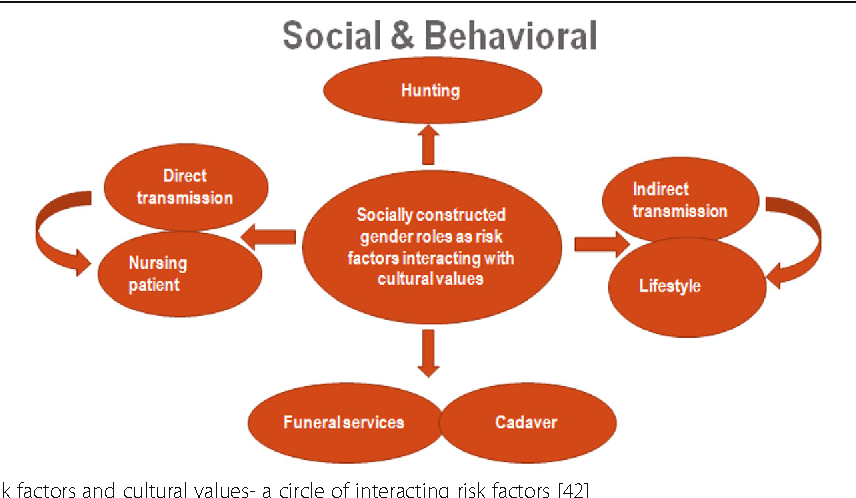Risk is the likelihood of physical, psychological, social, or economic harm or injury occurring as a result of involvement in a research project. The chance and extent of potential risk might range from negligible to significant. Risks in the social and behavioral sciences can be divided into three types. Therefore, you must go through this article to find what statement about risks in social and behavioral sciences research is most accurate.
What Statement about Risks in Social and Behavioral Sciences Research is Most Accurate: Definitions
1. Social Sciences
The social sciences are concerned with how society functions. Social scientists investigate institutions such as the government, the economy, and the family. As well as how individuals and groups interact with one another and what motivates human behavior.
Social science varies from natural science in that it investigates the human-made world rather than the physical universe. The scientific method is used in fields such as biology, chemistry, and physics to propose hypotheses and ideas. To examine society, social scientists use similar methodologies, such as quantitative data analysis. The social sciences use some of the same methodological approaches as the humanities, such as qualitative research.
2. Behavioral Sciences
Behavioral science, often known as behavioral economics, studies human behavior. It encompasses several fields of research, including cognitive neuroscience, psychology, and economics, as well as biological, legal, psychiatric, and political science behavioral components.
It is the study of human behavior, specifically how people make decisions in the actual world. Behavioral science essentially borrows from the methodology used in the social sciences. It is primarily by conducting experiments utilizing randomized control trials to make causal inferences about specific systems that govern human behavior.
Risks in Social and Behavioral Sciences Research
The risks in social and behavioral sciences research include the following:
1. Invasion of Privacy
Invasion of privacy happens when personal information is obtained without the subject’s consent. It occurs when a researcher studies the communication pattern in a chat group without revealing his actual name. Such breaches of privacy may also occur when a subject’s involvement in a study discloses, despite claims that such an event will not occur.
2. Breach of confidentiality
Confidentiality is jeopardized by the unlawful distribution of private information. It has a negative impact on the study subject’s social, economic, and psychological well-being. When a researcher reveals sensitive material beyond the study circle, it causes significant harm to the topic of social sciences research.
A breach of confidentiality breaches a person’s rights and puts the study subject in jeopardy of suffering dignitary harm. It can range from social embarrassment and shame to stigmatization and even damage to social and economic position. Such as loss of employment and health insurance.
3. Study procedures
While every subject claims not to have disclosed any personal information outside of the research circle. Participants should be aware that the researcher cannot ensure confidentiality in such a situation.
What Statement about Risks in Social and Behavioral Sciences Research is Most Accurate: Informational Risk
The potential for harm from disclosing knowledge of a specific individual is referred to as informational risk. Because informational risk is the single or predominant risk in much social and behavioral research, it is particularly concerned with its management.
Therefore, data sharing, which is prevalent in social and behavioral research and is becoming more common in scientific research, necessitates the development of particular protocols for minimizing informational risk.
Ways to Reduce Risk in Researches
Now that we know the answer to what statement about risks in social and behavioral sciences research is the most accurate Quizlet. It is important to learn about the ways to reduce risk while conducting such researches. It can be done in the following ways:
- In the protocol, provide detailed information about the experimental design and the scientific rationale
- Form a research team with the necessary competence and experience to carry out the project.
- Collect data from standard-of-care operations to reduce undue risk, especially for invasive or dangerous treatments (e.g., spinal taps, cardiac catheterization).
- Include proper precautions in the research design, such as a data safety plan, the availability of skilled staff who can respond to emergencies. As well as measures to ensure data confidentially.

